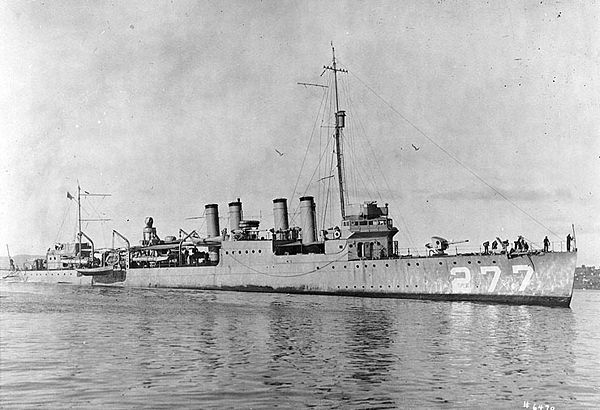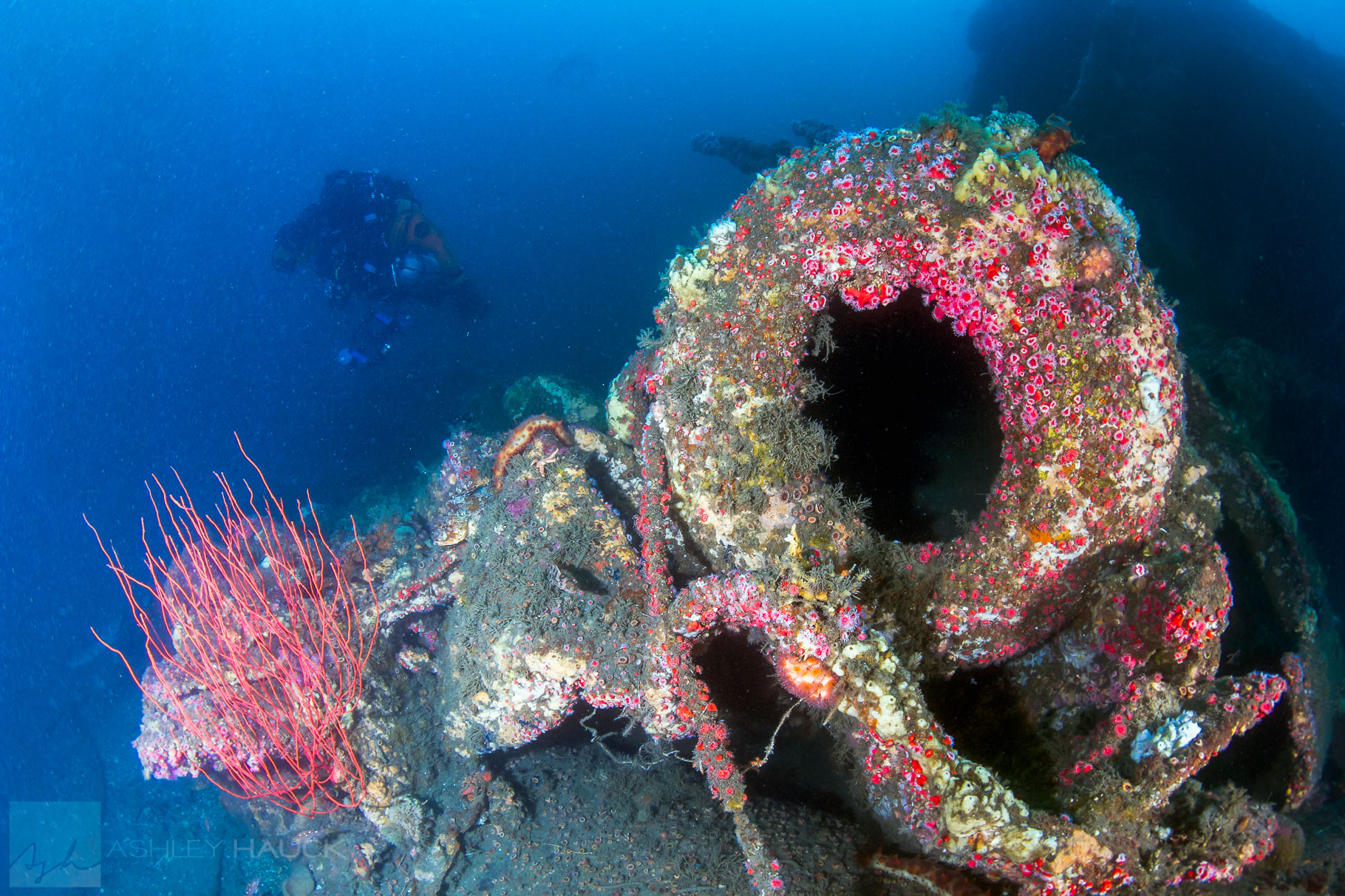USS Moody Wreck
In San Pedro Bay, about 140 feet down, rests the wreck of USS Moody (DD-277). Moody, one of 156 Clemson-class destroyers, has a rich and interesting history. Here are 11 fun facts about the ship, its class, and its story.
1. She was named after Justice William Henry Moody.

Here’s one for you history and politics buffs: Moody was a politician and jurist who held positions in all three branches of the U.S. government. Moody was elected to the House of Representatives and also served as the Secretary of Navy and Attorney General.

2. With the preceding Wickes- and Caldwell-class destroyers, Clemson-class destroyers made up the remainder of the “four-stack” destroyer type.

USS Moody looked very similar in appearance to other four-stack destroyers such as USS Hogan, but the Clemson-class destroyers were more tailored for anti-submarine warfare.


3. She was 314 feet long with a 30-foot beam, and had a maximum speed of 35 knots.
In designing the Clemson-class destroyers, some alterations were considered that would reduce the maximum speed, but in the end those alterations were scrapped so that the class could retain the capability of serving as a fleet escort.


4. Moody had a crummy turning radius.
Like the Wickes destroyers, the Clemson class had a terrible turning radius at speed due to the tapered stern’s tendency to “squat at speed,” but there was no time to redesign the ship to be more maneuverable.


5. Clemson-class ships were designed for efficiency, but they weren’t always successful.
Clemson-class destroyers had, on average, 35% more endurance than Wickes-class ships did, but this number varied wildly with the inconsistent quality of shipyard work, and some were actually less efficient than Wickes ships.



6. Moody crew on deck got wet a lot.
The “flush-deck” design made the hull of the Clemson-class destroyer really strong, but it also made it get wet a lot—especially the bridge and gun positions.


7. USS Moody never saw wartime service.
As with many other ships in her class, USS Moody’s entire service spanned only 1919-1930. Many of the Clemson-class destroyers were decommissioned in 1930 as part of the London Naval Treaty, which aimed to prevent a naval arms race after World War I by regulating submarine warfare and limiting naval shipbuilding.

8. Clemson-class ships suffered from the same boiler problems that Wickes ships did.

Yarrow water-tube boilers, also seen on the Wickes-class ships, turned out to have only about 2/3 the endurance of other systems. When they wore out prematurely, many of the Clemson-class ships were scrapped or shot down as targets.

9. She was assigned to the U.S. Pacific Fleet.
After being laid down in Massachussetts and steaming through the Panama Canal to San Diego, Moody spent much of her life between California and Alaska. In the 1920s, she toured the Hawaiian Islands and the South Pacific, making good will visits to Australia and New Zealand.

10. Moody was blown up on film for a movie.
After being decommissioned and having most of her superstructure stripped off for scrap, USS Moody was sold to MGM for about $35,000 as a prop for the 1933 movie Hell Below. For the film, she was altered to resemble a German destroyer and rigged with dynamite charges. The charges were set off in such a way as to simulate the ship’s sinking by “torpedoes” in the film.


11. The wreck is in two pieces.
The dynamite was placed between two watertight compartments, so the ship was initially blown into two pieces. Additional charges sank those pieces separately. The two halves rest about 100 feet away from each other on the sand, and are usually connected by a line.


